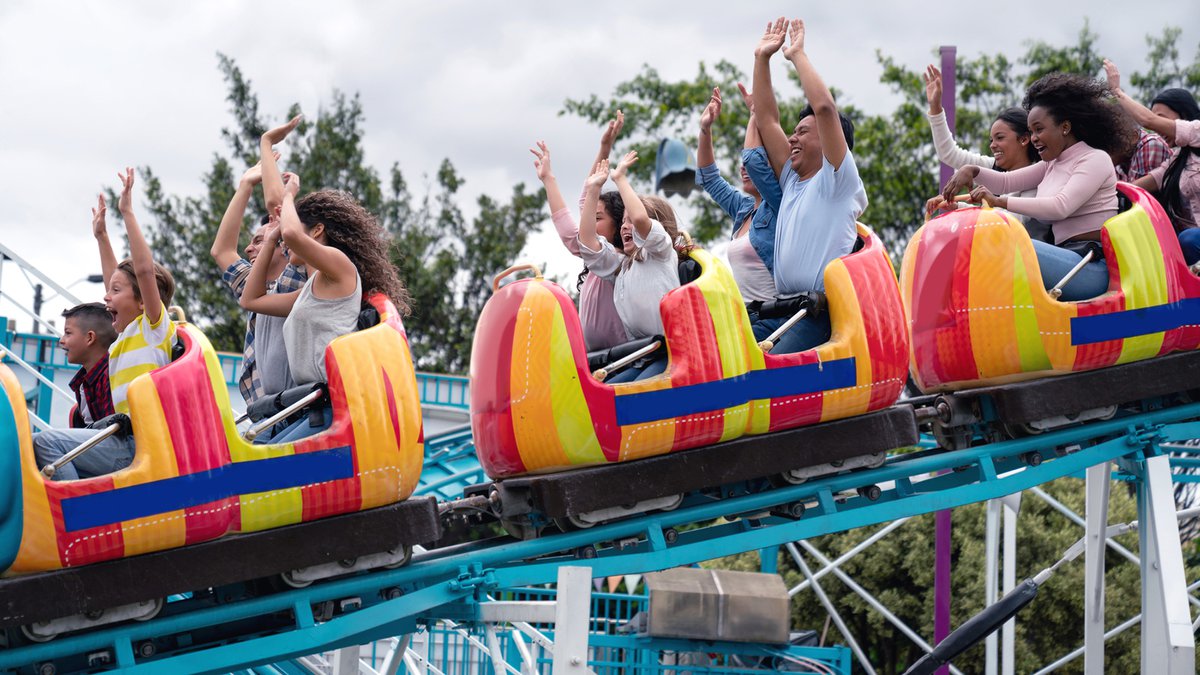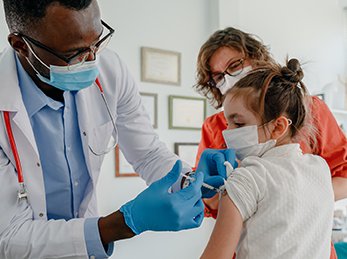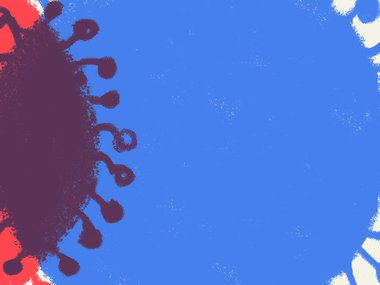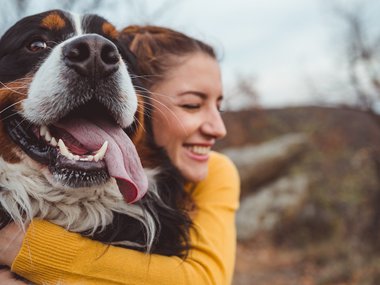Phew! Everyone doing OK? Normally roller coasters are fun but the up-and-down loop-de-loop ride we’ve all been on for the past few years hasn’t always been particularly enjoyable. The good news is this wild ride is settling down. It’s too soon to know if we’re headed toward the exit just yet, but we’re certainly on much steadier tracks for a while and we can all take a deep, relaxing breath.

With the two-year anniversary of the World Health Organization (WHO) declaring COVID-19 a pandemic approaching, we want to take a moment to reflect on how science continues to inform our behaviors.
When we were facing a completely novel virus–one that scientists and experts had never seen before–it made sense to take all possible precautions. New information was pouring in by the hour from experts across the globe and everyone was collectively trying to understand what it meant in real time. Just as a young person learning to drive is initially anxious and uncomfortable, with experience their anxiety reduces and they develop skills that help them react appropriately to specific circumstances.
As we learned SARS-CoV-2 was respiratory and not transmitted by contact, we eased up on some of our cleaning habits, no longer wiping groceries but still continuing using more hand sanitizer and disinfecting high-touch surfaces more often. That doesn’t necessarily do a lot to reduce transmission of COVID-19, but it keeps us healthier overall so we aren’t as likely to get sick with something else in a pandemic time.
We went through the learning process with masks, too, better understanding indoor/outdoor masking, mask efficacy and mask types. Masks help reduce transmission in populations who are easily spreading the virus. When the transmission rate was very high, it made sense for everyone to wear masks as one of many precautions added to other layers of protection. However, at 100 cases per 100,000, your chances of encountering someone with COVID-19 is about 1 in 1,000. For every thousand people you pass, one might be infected. In some parts of Virginia we’re now looking at caseloads even lower than that. At these lower levels, if you aren’t in a higher-risk group, masks aren’t really doing much to mitigate transmission.
Added to that, we know that the vaccines are incredibly effective. While breakthrough cases do happen, they are quite low and have dropped even more than overall cases. We know this because the Virginia Department of Health has publically available data and graphs we can all use to track the level of infection in our community. Simply put, vaccinated individuals should feel incredibly confident in their protection from COVID-19.

Base your activities on the transmission rate in your area. Similar to the CDC's color-coding system, here's a quick reminder of what you can do when rates are low (green), medium (yellow) and high (red).
Putting that data together, the ways we can keep ourselves and each other safe is to stay up to date with vaccines and boosters, isolate when ill, practice good hygiene, wear a mask if you have symptoms of any kind and, of course, follow trusted sources for news of local outbreaks that might mean increasing our mitigation efforts.
COVID-19 is scary and should not be taken lightly. The Omicron variant surge we experienced in late 2021 and early 2022 gave us huge numbers of cases, hospitalizations and deaths. And the pandemic has not yet decreased to an endemic, where health experts recognize the disease will be constantly present, have a fairly predictable spread and will not overwhelm healthcare systems.
But we can’t respond at a high level constantly. There are tradeoffs. We need to have room to change our expectations. Just like we adjust our clothing choices to match the weather of the day, sometimes we will need to put on more layers to protect ourselves, and sometimes those layers can come off as they aren’t as appropriate. If it’s not raining or the chance for rain is very very low, we wouldn’t use an umbrella, sport galoshes and wear a raincoat everywhere we go. It’s important to match the equipment to the challenge.
Science should and will continue to inform our behaviors. And what it’s telling us right now is that we’re heading in a positive direction, one that makes roller coasters again seem delightful, appealing and fun.


